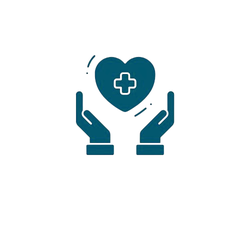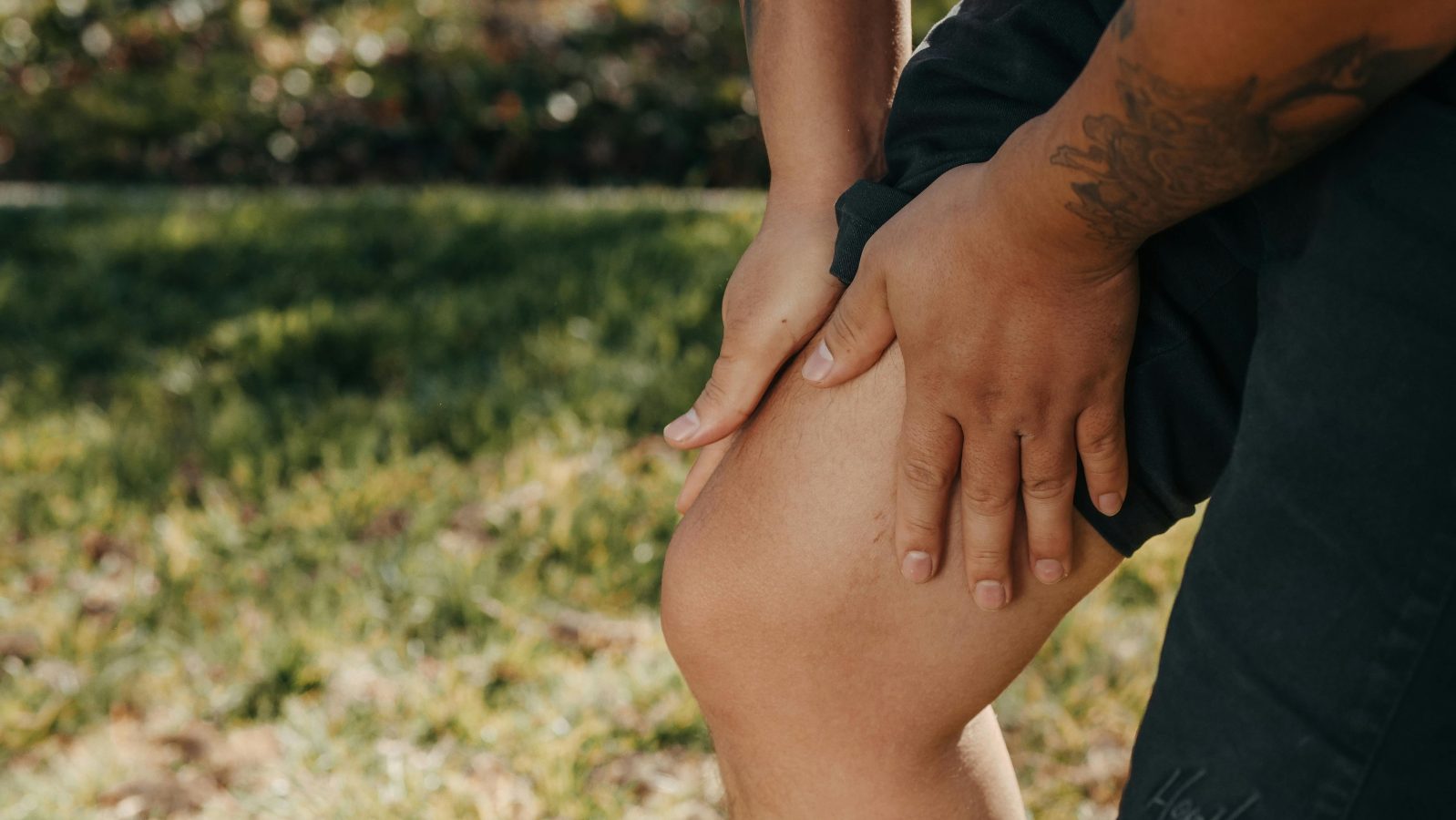Quick Answer
Knee problems at 40 most often come from early osteoarthritis, patellofemoral overload, meniscus wear, prior injuries, and excess weight. The fastest relief path is steady low-impact cardio, simple strength work, and smart load management.
Quick Action Plan
- Move 150–300 minutes per week (walk, cycle, swim) and add two strength sessions for quads, glutes, hamstrings, calves.
- Reduce body weight by 5–10% if needed; rotate cushioned shoes and replace worn pairs.
- See a clinician if pain lasts >2–3 weeks or if you notice swelling, locking, giving way, night pain, fever, or a hot/red joint.
Sources: Harvard Health, Mayo Clinic, NIH/NIAMS
Hitting 40 changes recovery. Small old injuries add up, sitting hours grow, and weekend bursts of sport are common. If you notice knee problems at 40 on stairs, after long sitting, or after runs, you can turn this around with a clear plan.
Why do knee problems at 40 become more common?
Cartilage thins with age, recovery slows, and accumulated micro-injuries meet modern habits like long sitting and sudden high loads.
By your 40s, collagen turnover is slower, muscle mass is often lower, and movement patterns are less varied. Desk work all week plus weekend intensity stresses the patellofemoral joint and meniscus. A few extra kilos raise compressive forces, which explains the rise of knee problems at 40 and joint pain after 40 without a single major injury.
What diagnoses most often sit behind knee problems at 40?
Patellofemoral pain, early osteoarthritis, meniscal tears or degeneration, and tendinopathies are common causes.
Patellofemoral pain worsens with stairs, squats, or long sitting. Early osteoarthritis brings activity-related ache and short morning stiffness. Meniscus issues cause joint-line tenderness, catching, or locking. Tendinopathies of the patellar, quad, or hamstring tendons hurt at the tendon attachment, often after a training spike. Autoimmune arthritis is less common but possible in the 40s, especially with prolonged morning stiffness in multiple joints.
Can arthritis really begin in your 40s?
Yes. Both osteoarthritis and autoimmune forms can start now, and early action helps.
Genetics, previous injuries, excess weight, and occupational loads raise risk. Weight control, strengthening, and steady activity reduce symptoms and may slow progression of knee osteoarthritis and broader joint pain after 40.
How do weight and daily habits influence knee problems at 40?
They are your biggest levers: less load and better conditioning usually mean less pain.
The knee sees multiples of body weight with each step. A 5–10% weight reduction often yields meaningful relief. Walking or cycling improves lubrication and nutrient flow; strength shares load away from irritated tissue. Together these habits reduce knee problems at 40.

What are the safest exercises if your knees hurt in your 40s?
Flat walking, cycling, swimming, and controlled strength work that keeps pain at or below 3 out of 10.
Start with sit-to-stands, step-ups, wall sits, bridges, calf raises, and hip hinges. Do 2–3 sets of 8–12 reps with smooth control and no sharp pain. Progress reps before load. If running is the goal, rebuild with short run-walk intervals on flat ground and increase weekly load by about 10% or less.
What technique fixes common movement faults at 40?
Control the knee-over-toe path, load the hips, and pace depth.
Track the knee over the second or third toe during squats and step-ups. Sit back slightly to engage the hips. Use a box height that allows pain-free motion; deepen gradually. Slow eccentrics of three to four seconds down build capacity and reduce patellofemoral stress.
Do shoes and workplace ergonomics really matter?
Yes. Worn shoes, hard floors, and poor desk setup can amplify knee stress.
Rotate footwear and replace around 500–700 km of use. If the front of the knee hurts, a moderate heel-to-toe drop may help during a flare. Set chair height so knees are near 90 degrees, keep feet supported, and place the screen at eye level.
Which home treatments help right now?
Relative rest, graded return, ice or heat by preference, topical NSAID gels, and short-term sleeves during activity.
Move daily within tolerance. Many people benefit from topical diclofenac gel after discussing safety with a clinician. Short easy cycling can warm up stiff knees. If soreness spikes after activity, a brief 10–15 minutes of ice can help.
When is it time to see a doctor or get imaging?
Seek care if symptoms persist for more than two to three weeks or if you have swelling, locking, giving way, night pain, fever, or a hot or red joint.
These red flags suggest meniscal tear, instability, infection, or inflammatory arthritis. X-ray evaluates joint space; MRI is useful when the diagnosis is unclear or mechanical symptoms persist.
How do sleep and stress influence knee symptoms?
Poor sleep and high stress amplify pain signals and slow tissue repair; improving both usually reduces symptoms.
Target seven to nine hours nightly with a simple wind-down routine. Include brief breathing or mobility breaks during the day. Better recovery supports cartilage health and trims the intensity of knee problems at 40.
FAQ: Knee Problems at 40
Is knee pain normal in your 40s?
It is common but not inevitable; most people improve with steady activity, strength work, and weight management.
Do I have to stop running?
Not necessarily. Return gradually with strength work, flat routes, and proper shoes, guided by symptoms.
Which supplements help?
Food first. If deficient, vitamin D and omega-3 support general health. Discuss supplements with a clinician.
Brace or tape — do they work?
As short-term aids they can reduce apprehension while you rebuild capacity with exercise.
Related Articles
- Joint Pain After 40
- How to Improve Sleep After 40
- How to Build Muscle After 40
- Best Foods and Supplements to Boost Memory After 40
Take Care of Your Knees Today
Your 40s are the time to build habits that protect your knees for decades. Move most days, lift twice a week, manage weight, sleep well, and adjust your workspace. If pain lingers, get assessed and keep moving.

